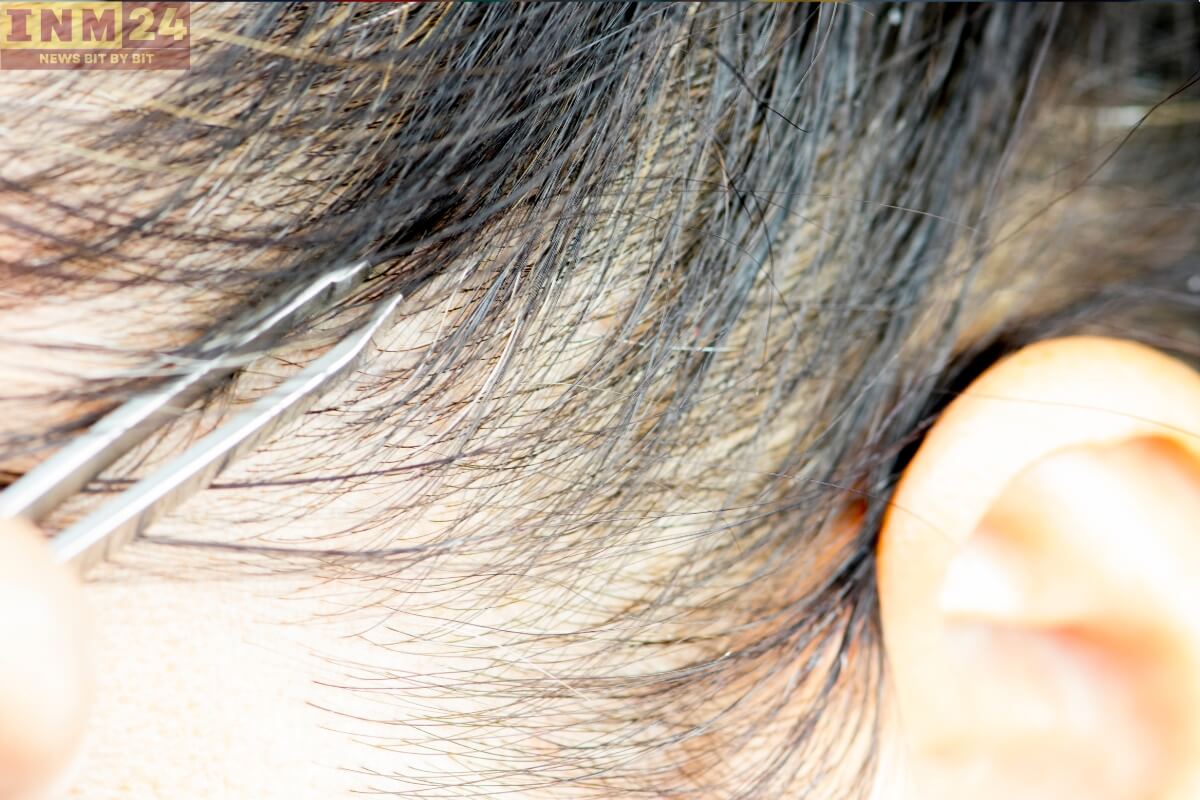The emergence of white or grey hair can be a disconcerting experience for many individuals, often prompting them to seek solutions to manage or conceal it. Among the various questions that arise, one common query is whether plucking white hair is a viable solution. In this article, we will delve into this topic and explore expert-recommended techniques for managing premature greying.
Understanding Premature Greying
Premature greying of hair, also known as canities, occurs when hair loses its natural pigment, resulting in the appearance of white or grey strands. While greying is typically associated with aging, premature greying can occur in individuals as young as their teens or twenties. Genetics, lifestyle factors, stress, nutritional deficiencies, and certain medical conditions can contribute to premature greying.
The Debate on Plucking White Hair
Plucking white hair is a common practice among individuals seeking to manage their appearance or maintain a youthful look. However, the question remains: is it advisable? Experts caution against indiscriminate plucking for several reasons.
Firstly, plucking hair, whether white or pigmented, can cause damage to the hair follicle and surrounding skin. Repeated plucking may lead to inflammation, scarring, and even infection, particularly if proper hygiene practices are not followed.
Secondly, plucking does not address the underlying cause of premature greying. While it may temporarily remove white hairs, new grey hairs will continue to emerge unless the underlying factors contributing to premature greying are addressed.
Expert-Recommended Techniques for Managing Premature Greying
Instead of resorting to plucking, experts recommend adopting holistic approaches to manage premature greying effectively. Here are some expert-recommended techniques:
- Nutritional Support: Ensure a balanced diet rich in essential nutrients such as vitamins B12, D, E, and minerals like iron and zinc. Nutritional deficiencies can contribute to premature greying, so maintaining optimal levels is crucial.
- Stress Management: Chronic stress can accelerate the greying process. Engage in stress-reducing activities such as meditation, yoga, or regular exercise to promote overall well-being.
- Hair Care: Use gentle hair care products suitable for your hair type and avoid harsh chemical treatments that can damage the hair shaft. Regular conditioning and moisturizing can help maintain hair health.
- Topical Treatments: Certain topical treatments containing ingredients like minoxidil, retinoids, or peptides may help stimulate hair growth and slow down the progression of greying. Consult a dermatologist for personalized recommendations.
- Professional Treatments: Procedures such as laser therapy, microneedling, or platelet-rich plasma (PRP) therapy may offer promising results in managing premature greying. These treatments work by stimulating hair follicles and promoting hair regeneration.
While the temptation to pluck white hair may be strong, experts advise against it due to potential damage and the lack of addressing underlying causes. Instead, focus on holistic approaches such as proper nutrition, stress management, and targeted treatments to manage premature greying effectively. Consulting with a healthcare professional or dermatologist can provide personalized guidance and treatment options tailored to individual needs. By adopting a comprehensive approach, individuals can maintain healthy, vibrant hair while embracing the natural aging process with confidence.
